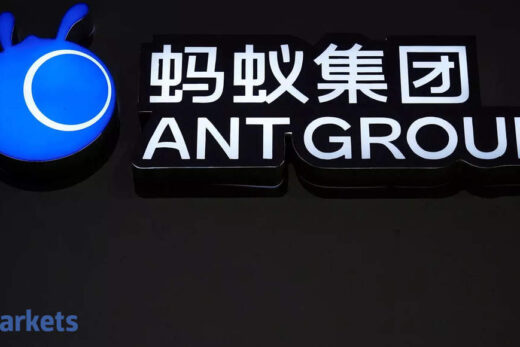Shikha has to make estimates of two key elements. The first is the amount of money she may need for her child’s education. This can be estimated by looking at what higher education costs today. Then she has to estimate what the cost would be 15 years from now. For this, she will need to assume the rate of inflation that may apply to education expenses. Given a positive rate of inflation, she will need a higher amount 15 years from today. Let us assume that the education she plans for her child costs Rs 5 lakh today. Assume an inflation rate of 7%.
Shikha can do her computations using the functions in MS Excel. She can open a worksheet inside the application, and key in her numbers in the cells. She should click on “fx” from the status bar at the top of the sheet and choose “financial” as the category. In the list that appears, she can scroll, to arrive at FV or future value. Clicking on it opens a dialogue box. ‘Nper’ is the number of periods (15), ‘Rate’ is the inflation rate (7%), ‘PMT’ is to be skipped, and PV is the current cost of higher education (500,000). The resulting amount is Rs 13,79,515. This is the amount she will need at the end of the 15 year period, given her assumptions.
MS Excel can be used to make such estimates of goals and give them a definite number. In the example above, we have not used “PMT” as this will apply if the amount is not a lump sum, but required periodically. The PV is the present value which is the current cost of education. FV is the future value that is being estimated over a 15-year period, assuming a 7% increase in the PV. Shikha can juggle the numbers to see how her requirement can vary depending on her assumptions–cost of education today, number of years and rate of inflation. Saving for a goal is easier when it is estimated in advance.
(Content on this page is courtesy Centre for Investment Education and Learning (CIEL). Contributions by Girija Gadre, Arti Bhargava and Labdhi Mehta.)



